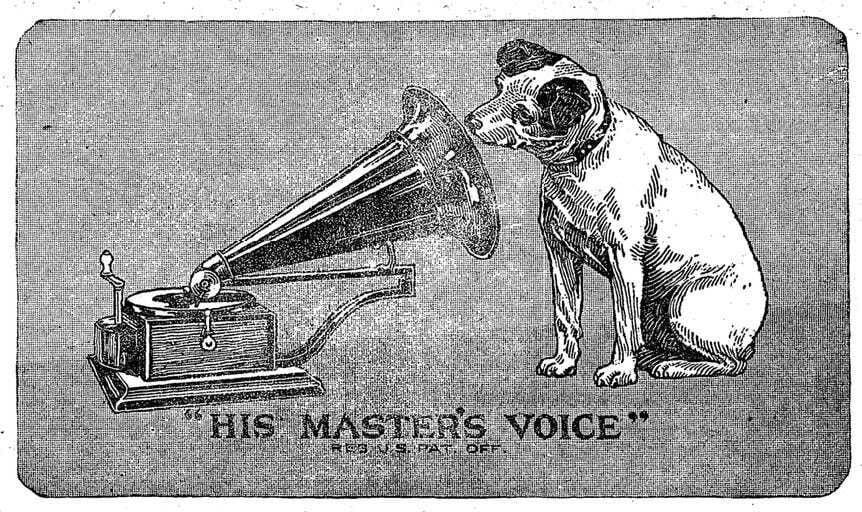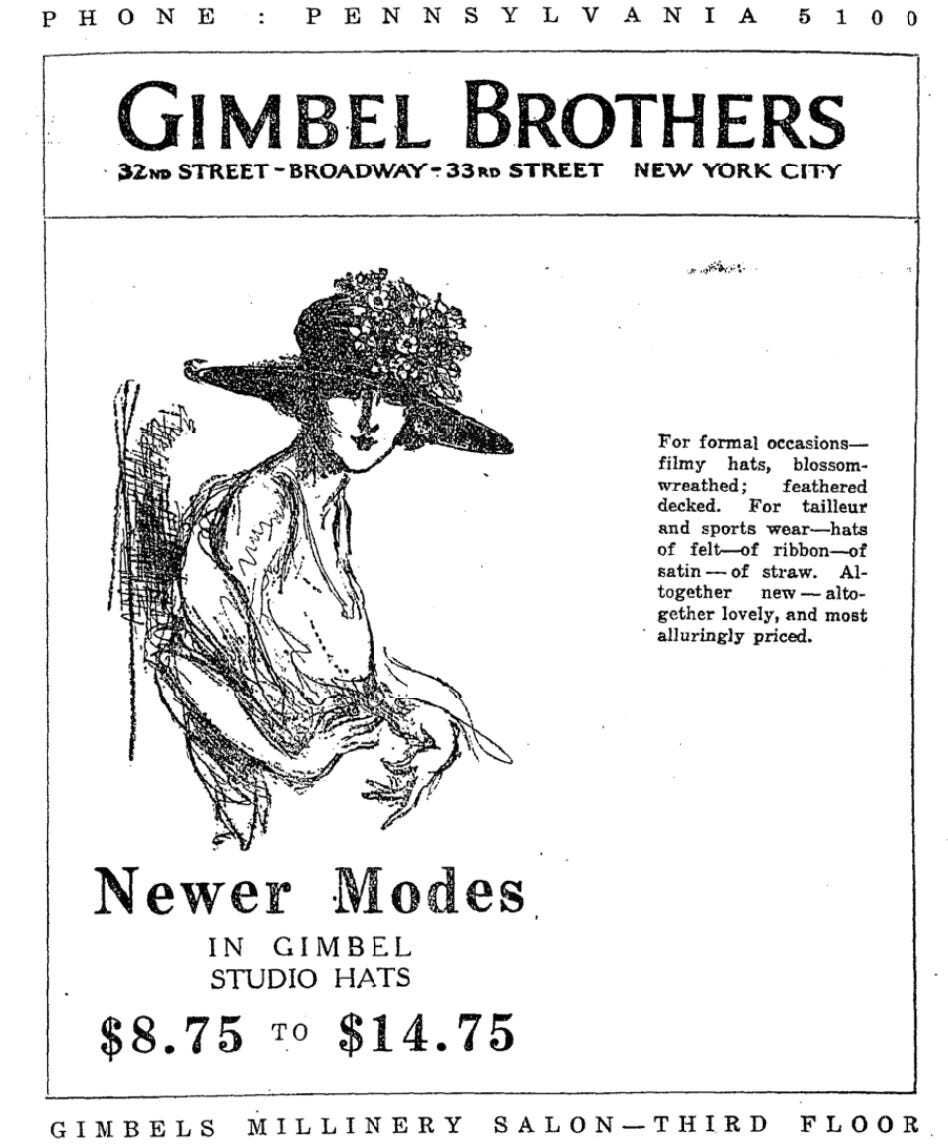- Strange Times
- Posts
- Strange Times 120: War Upon Moonshiners
Strange Times 120: War Upon Moonshiners
Strange Times is a newsletter that explores the weirdest news of 1921, one day at a time. If you like it, you will probably like Westside Saints, my latest Jazz Age mystery novel, as well.
And, oh my goodness! For those of you who like your books electronic, you will be thrilled to know that the e-book of Westside Saints is currently on sale for just $2.81. Cheap! Grab it now and tell your friends you will disown them if they don’t do the same.
Today we have pipsqueaks with projectors, prowlers with pistols, and professors with punch. Down five-and-one-half gallons of distilled liquor on…
April 20, 1921
In Bowling Green, Missouri, a mob abducts 19-year-old Roy Hammonds, a Black man accused of assaulting a 14-year-old white girl, and hangs him from a telegraph pole.
Italian Fascists seize control of the Free State of Fiume, declare a dictatorship, and threaten idle workers with the death penalty.
After discovering bundles of pamphlets and three (three!) loaded pistols in the home of New York Communists, the Justice Department announces it has foiled an attempted May Day coup.
75,000 boys march down Fifth Avenue in celebration of Loyalty Day, the opening event of Boys’ Week, which is intended “to interest every one in boys and to interest the boys in themselves.”
The Weather: Untitled today; Sunday, fair and warmer; fresh northwest winds.

This story is sensational. I love these boys so much, and I’m sorry the paper didn’t give their names so that we could look them up and find out which one would go on to discover Robert Evans.
CHICAGO, April 29.—Three small boys, their plans of careers as moving picture house managers suddenly interrupted, were held today by the police while the hopes of several hundred children of witnessing screen dramas at greatly reduced prices likewise were brought to an abrupt termination.
The youths, aged 13, 12 and 11 years, had gained entrance to a neighborhood theatre which was closed for remodeling, according to the police, broke open a drawer containing films, and then opened the house for business, charging 2 cents admission. Several boys were employed as musicians.
Two policemen passing the place last night, hearing music from the interior, investigated and found a large number of youthful spectators enjoying the program.

Even by the baroque standards of Chicago in the ‘20s, gunning down the police chief in the street is outlandish. Bonus points for the final paragraph, which suggests that James R. Seanor’s story was all hogwash, and that he murdered the Chief himself.
CHICAGO, April 29.—George Riehm, Chief of Police of West Chicago, was shot dead this morning by a prowler, thought to have been a bootlegger.
The chief was walking at 3 A.M. with James R. Seanor, son of a former Mayor. They came upon an automobile in which were two women. One of the women asked the way to St. Charles. The chief told them, and the machine went on for 100 feet then turned around.
Seanor and the chief met a stranger, and the chief asked him what he was doing at that hour. Seanor tells this story:
“Then the man fired two shots without any warning. Chief Riehm fell. I grabbed the man around the waist and tried to pinion his arms to his sides. The muzzle of the gun was jammed against my leg. He fired and I fell beside the Chief. Then I saw the fellow run toward the auto, jump on the running board, and saw the machine go speeding down the road.”
The women in the automobile, Mrs. Murian Baune, wife of Leon Baune, a railroad fireman, and her aunt, Mrs. Elsie Betts, are under arrest, and so is Baune.
“One of the most peculiar things,” said Sheriff Leincke, “is that the Chief was shot by bullets of the same calibre as he used in his own revolver, and that this revolver was missing.”

Breaking Bad, 1921.
Boston, Mass., April 29.—Society circles in the Back Bay have been invaded by prohibition officers in their war against moonshiners, and as a result Louis Agassiz Shaw, scientist, Harvard professor and member of a socially prominent family, appeared before United States Commissioner Hayes today and was held in $500 bail following arraignment.
One of the finest stills that the prohibition era has brought to official attention was discovered in his home at 6 Marlboro Street, Back Bay, according to the officers, who entered the mansion with a search warrant.
The disclosure of the raid through the Federal Court proceedings today may surprise the city’s exclusive realm in which the alleged moonshiner moved, but one of the calm utterances attributed to him by the raiding officers may prove to be even more of a shock.
Moonshining, according to this quoted statement, is quite a general practice in Boston society.
“All the fellows have stills,” he told the officers, according to their assertions.
The still, of 10-gallon capacity, was set up on the top floor of the house, adjoining the ballroom, according to the enforcement agents, and in the room were also found five and one-half gallons of distilled liquor and six gallons of mash.
Professor Shaw, according to the officers, said he had used the product of the still as an ingredient of punch served at dancing parties.
Professor Shaw is a chemist and an assistant in applied physiology at the Harvard Medical School.
He accorded the raiding officers every courtesy, they said, and his butler cooperated in the search. At Professor Shaw’s suggestion, the servant procured bags in which to place the seized apparatus and the other alleged contraband. The officers, with their haul, were ushered to the back door, that they might depart with a minimum of display.


